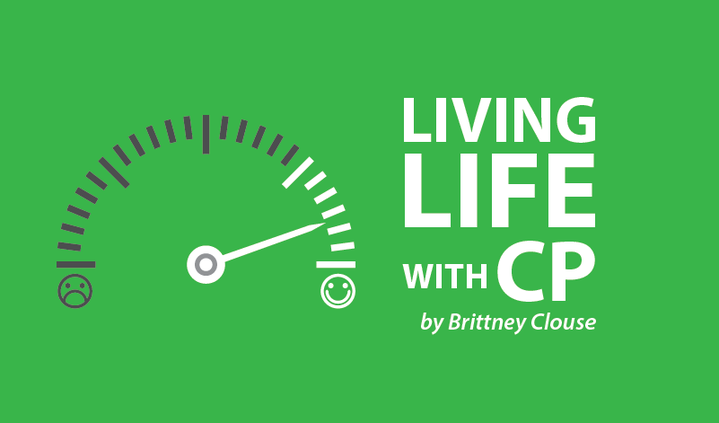I remember growing up in a world without the internet. I don’t think many 20-somethings today say that, but I remember that “simpler time,” a time of less pressure. Only for me it didn’t feel like there was any less pressure at all. I’m thinking about a 10-year-old me, struggling to fit in, with my identity as a physically disabled student in a school filled with all ability-bodied peers.
Fast-forward a few years and we are living in a world where you can type a tweet or write a blog post about your disability, anxieties, chronic pain, etc., and feel accepted. People today are sharing so much about themselves, so rapidly and so openly that this space feels like an open one for communication. But I hesitate to share my true feelings about my down days on Facebook. I’m not sure how to talk to my friends, even if they will understand. Everyone else is trying to project the best versions of themselves to the world as well, so I know they feel the same.
The problem is some days are much harder than others, and on those days I am no longer sure of the places or people I can turn to. Social media platforms that I embrace are filled with my online friends going through the same things as me. They also are places where my real-life friends may see what I posted.
I don’t know what to say. How can I make my friends and family understand the pain that keeps me in bed for days on end? How do I bring up that I am worried because I haven’t worked in awhile? Fear is what is keeping me out of work, by the way. How do I express frustrations about my limitations without seeming ungrateful for what I do have? It seems that you must find a balance, even though that is such an unfair and impossible thing for someone with an illness to do ― it is part of you.
So, on your down days, you can always:
- Remember to use hashtags. #spoonie on Twitter and #chronicallyliving on Instagram, for example, are great places to make friends and find support.
- Meditate. I’m a huge fan of Simple Habit, but YouTube has great stuff as well.
- Do yoga. Here’s a YouTube video for some wheelchair yoga, another yoga video featuring moves seated. Don’t be afraid to explore.
- Journal. This is a great place to get honest, just for you.
- Focus on self-care. We all talk about it, but I think for many developing a healthy self-care routine is still a work in progress. Remember to slow down and take time for yourself; watch your favorite show, take a bath, eat your favorite food. Self-care is important.
- As a bonus, I want to include a hotline that you can text “answer” to, 839836, at Teen Health & Wellness. The people are amazing and want to help you.
More than anything, one of the keys to navigating the emotional side effects of a disability is to become your own best friend. Some may say that is the only component. It isn’t an easy task, however; that’s why it is really important to take the time to know and embrace yourself. You are okay and you are worthy, just the way you are.
“Be careful how you are talking to yourself because you are listening.” ― Lisa M. Hayes
***
Note: Cerebral Palsy News Today is strictly a news and information website about the disease. It does not provide medical advice, diagnosis, or treatment. This content is not intended to be a substitute for professional medical advice, diagnosis, or treatment. Always seek the advice of your physician or other qualified health provider with any questions you may have regarding a medical condition. Never disregard professional medical advice or delay in seeking it because of something you have read on this website. The opinions expressed in this column are not those of Cerebral Palsy News Today or its parent company, BioNews Services, and are intended to spark discussion about issues pertaining to cerebral palsy.


